A heterogeneous porous Sr–MgO nanocomposite catalyst allows for the mild transesterification of palm oil to methanol
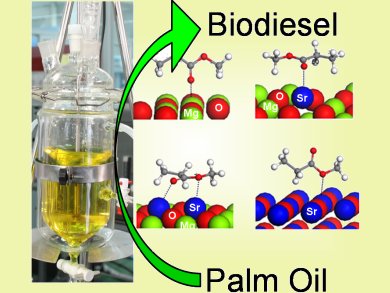
Palmy Conditions on the Route to Esters

Most Accessed Articles: January 2012
The most-accessed chemistry articles from ChemPubSoc Europe and GDCh journals for January 2012

Wastewater Treatment for Small Communities
Only a limited number of studies examined the environmental impacts of small-scale wastewater treatment alternatives
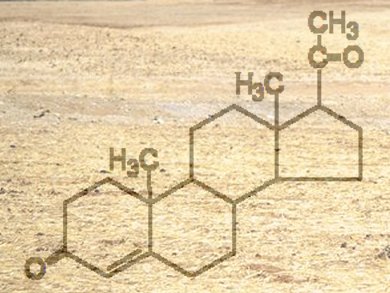
Hormone Runoff from Agricultural Fields
Rainfall can mobilize hormones from biosolids-amended agricultural fields directly to surface waters or redistribute them to terrestrial sites
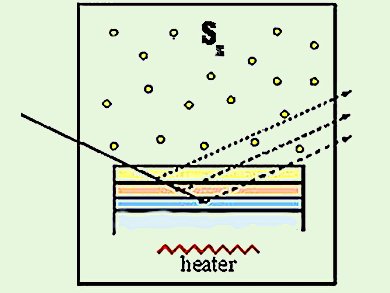
Semiconductor Tin-film Solar Cell Absorber
Synchroton-based characterization techniques to illuminate properties of compound semiconductor thin-film solar cell absorbers reviewed
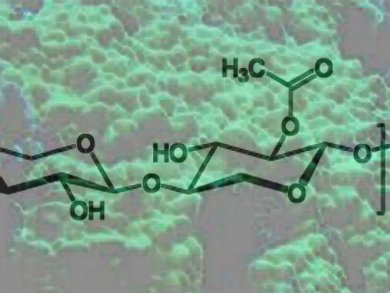
Enzymes for Manipulation of Algal Biomass
Biotechnologically relevant class of enzymes synthesized
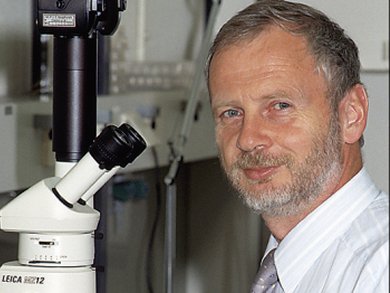
About the Nonsense of Biofuels
How efficient is the production of biofuels from biomass and how should biomass be best utilized?
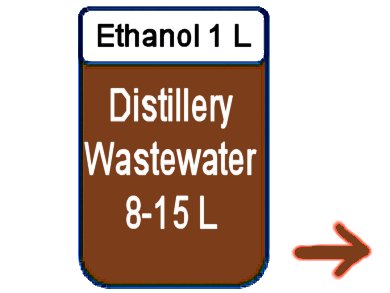
Bioethanol Manufacturing Wastewater
Bioethanol distillery wastewater treated by using thermophilic microbial fuel cells (MFCs)

Ending Energy Poverty: Chemistry's Contribution
Providing sustainable energy to world's the seven billion inhabitants is not a small task, but chemistry has a lot to offer says Javier Garcia Martinez

Largest Database of Self-classified Substances
European Chemicals Agency (ECHA) launches the 'Classification and Labelling Inventory' of chemicals on the EU market